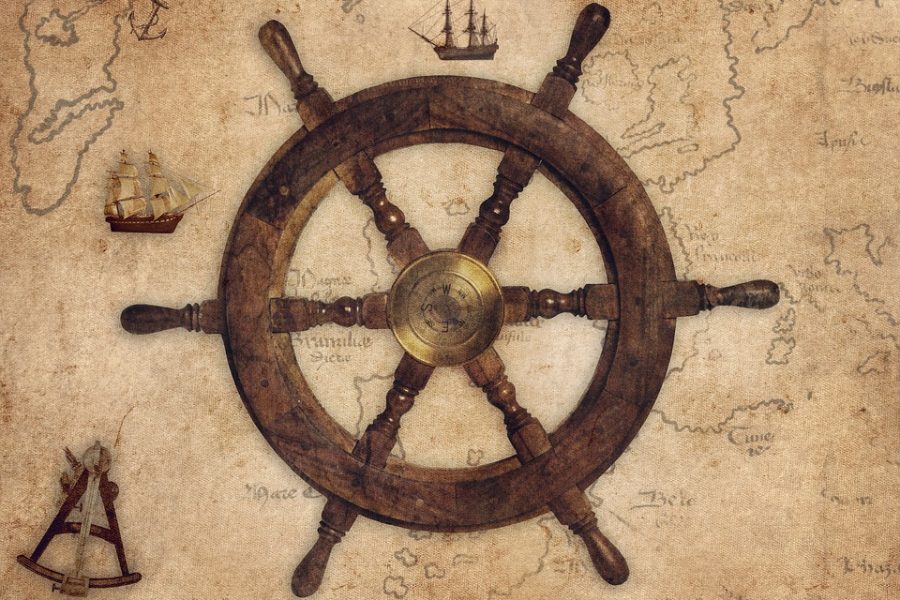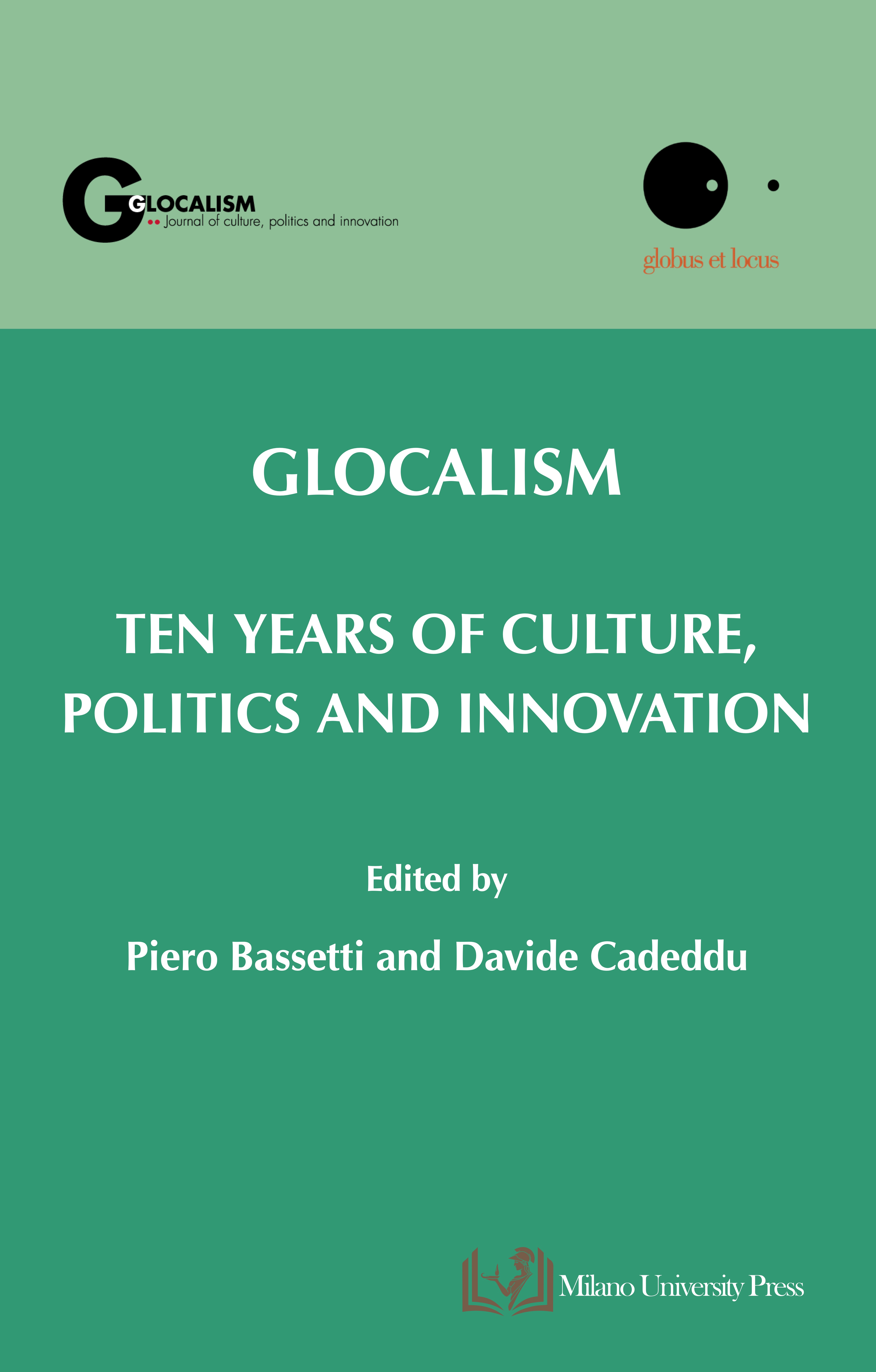Canoas y Remos, Velas y Bergantines: Los Ausentes y los Presentes en el Archivo Colonial
DOI:
https://doi.org/10.12893/gjcpi.2021.2.12Keywords:
colonial archive, navigation, brigantines, canoes, silencesAbstract
Canoes and oars are the visible element of Mesoamerican navigation in the colonial archive, but their place will always be subordinate to the idea of European navigation. The sophistication of Mesoamerican vessels is indicated in colonial texts, yet only in a key of curiosity and strangeness, and persistently enunciating their differences. What is then highlighted in the archive is the signifier of European navigation: ships and sails. If we observe these signifiers carefully, we will see that the nature of the archive is silencing and productive at the same time: the silencing enables a text that highlights Hispanic navigation, and it does so because it has to increase its own signifier to cross out the one that needs to be overshadowed in the discourse. But in the operation of enlarging the signifier of one’s own place, its excessive force is evident. This order is notorious in Hernán Cortés’ Tercera Carta, where the fall of the ancient city of Mexico-Tenochtitlan is depicted after the war in Tlatelolco between the Mexican forces and the Spanish army and its allies.
Downloads

Downloads
Published
Issue
Section
License

This work is licensed under a Creative Commons Attribution-ShareAlike 4.0 International License.










